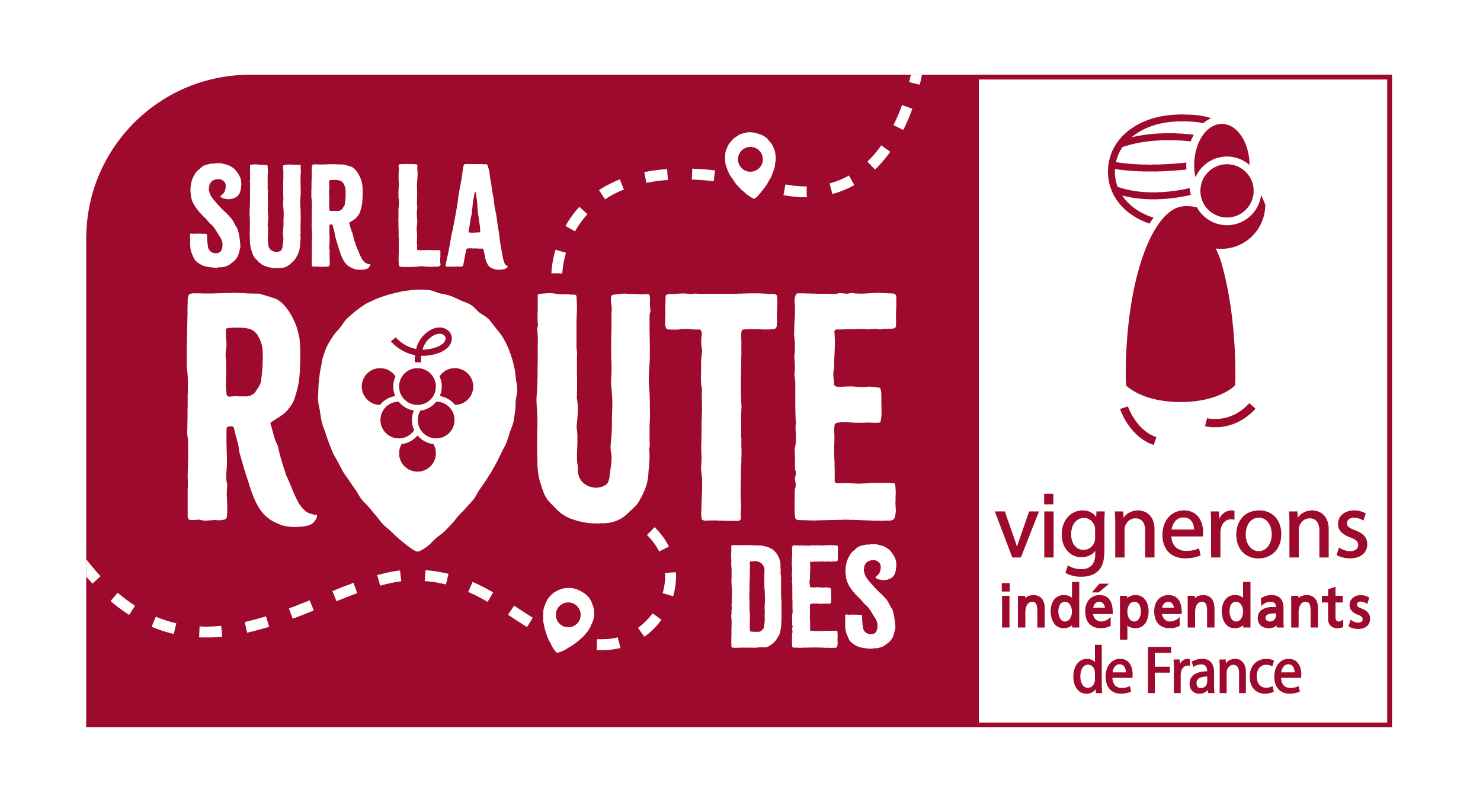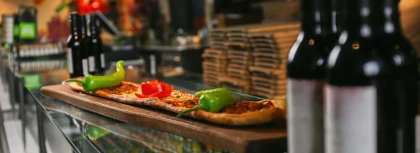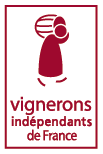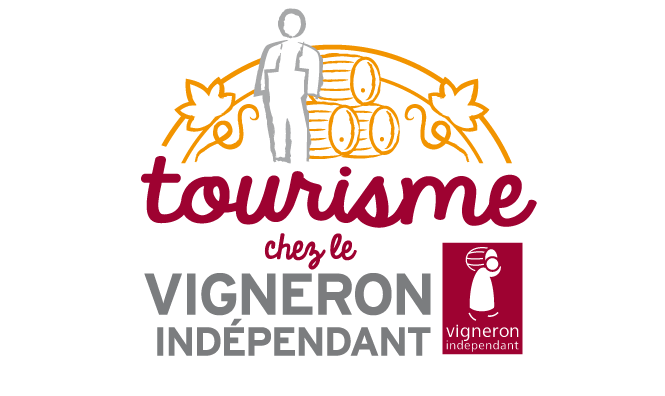The fundamentals of food and wine pairing
Food and wine pairing is a subtle art based on the harmony of flavors between a dish and a wine. To achieve a successful food and wine pairing, it's essential to consider several key elements. First, consider the intensity of the dish's flavors and choose a wine with matching characteristics. For example, a delicate dish such as grilled fish is best paired with a dry, fresh white wine that doesn't overpower the subtle flavors of the fish. On the other hand, a more robust dish like grilled steak will require a more robust red wine, with tannins that support the richness of the meat.
Food and wine pairing is also about complementary flavors. Look for pairings where the qualities of the dish are amplified by those of the wine, and vice versa. For example, a fruity white wine can counterbalance the richness of a creamy dish, while a spicy red wine can enhance the flavors of a spicy dish. Balance is the key to creating a harmonious and pleasurable taste experience.
Finally, don't forget to consider the wine's structure, including acidity, tannins and sweetness. These elements affect not only how the wine interacts with the flavors of the dish, but also the mouthfeel and overall sensation. A good wine and food pairing takes these aspects into account to create a complete and satisfying sensory experience, where each bite is accompanied by a perfectly matched sip.
Practical tips for successful agreements
Successful food and wine pairing requires a few practical tips to enhance your meals. First, consider the origin of the dish and the wine. Traditional regional dishes often go well with local wines, creating an authentic and complete experience. For example, a Provençal dish like ratatouille pairs perfectly with a rosé wine from Provence, thanks to their shared Mediterranean flavors.
Serving temperature is also crucial. Be sure to serve your wines at the recommended temperature to maximize their aromas and flavors. White and rosé wines are generally served chilled, while red wines are often slightly chilled to enhance their tannins and complexity. This attention to detail significantly enhances the taste experience.
Finally, be bold in your experimentation. Food and wine pairing is also about pleasure and discovery. Don't hesitate to think outside the box and explore less conventional combinations. Sometimes, gustatory surprises are the most pleasant and can lead to unexpected and delicious discoveries.
Explore regional and traditional agreements
Exploring regional and traditional pairings is an invitation to an enriching culinary journey. Each wine-growing region has its own gastronomic specialties that pair perfectly with its local wines. In south-western France, for example, dishes based on duck confit or foie gras find their ideal partner in powerful, tannic wines such as Cahors or Madiran.
The cultural and gastronomic richness of France's regions is reflected in their food and wine pairings. In Burgundy, a platter of local cheeses, such as Epoisses or Brillat-Savarin, marries harmoniously with the region's complex, mineral white wines. Each bite reveals a new nuance of flavor, accentuated by the perfect balance between wine and cheese.
As you explore regional and traditional pairings, you'll also discover the local history and traditions that influence these combinations. Each dish and wine tells a unique story of terroir and savoir-faire, offering a taste experience deeply rooted in regional culture and identity.
Harmony of flavors is essential. Pair lighter dishes with lighter wines, and richer dishes with fuller-bodied wines. Balance the sweet, salty, acidic and bitter flavors of the dish with those of the wine.
For spicy dishes, opt for wines that offer a sweetness or freshness to soothe the heat of the spices. Semi-dry white wines or fruity red wines with little tannin are often good choices.
Attend guided tastings, read food and wine pairing guides, and take part in tasting courses to hone your skills. Regular practice is the key to becoming an expert in food and wine pairing.
Food and wine pairing enhances the sensory qualities of both components, creating a complete and harmonious culinary experience. It's a global culinary tradition that celebrates the diversity of flavors and cultures through wine and gastronomy.





















